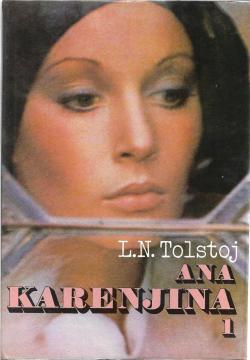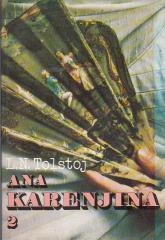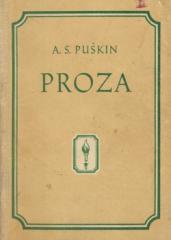
Ana Karenjina
Kao jedan od Tolstojevih najvećih romana, djelo spaja psihološku dubinu, realističan prikaz društva i filozofske teme. Ana je ikona književnosti, a roman most između ranog realizma i kasnijih moralnih promišljanja.
U Rusiji 19. stoljeća, Ana Karenjina, prelijepa i ugledna supruga visokog činovnika Alekseja Karenjina, živi naizgled savršenim životom. No strastvena veza s mladim časnikom Vronskim mijenja sve. Roman Ana Karenjina (1875.-1877.), remek-djelo Lava Nikolajeviča Tolstoja, istražuje ljubav, moral i društvene norme.
Ana, zarobljena u hladnom braku, podliježe ljubavi prema Vronskom. Njihova afera izaziva skandal, a Ana napušta muža i sina, suočavajući se s osudom društva. Dok se bori s ljubomorom i očajem, njezin život tone u kaos. Vronski, iako zaljubljen, ne može zadovoljiti njezinu potrebu za sigurnošću. Paralelno, priča prati Levina, plemića koji traži smisao u seoskom životu i ljubavi prema Kitty. Njegova potraga za duhovnom ravnotežom kontrastira Aninoj tragičnoj sudbini. Dok Ana klizi prema očaju, Levin pronalazi mir u obitelji i vjeri.
Roman završava tragično za Anu, čija smrt simbolizira nemogućnost pomirenja strasti i društvenih očekivanja. Levin, pak, otkriva dublji smisao kroz jednostavnost i duhovnost. Ana Karenjina istražuje ljubav, krivnju i potragu za srećom, kritizirajući licemjerje aristokracije i patrijarhalne norme.
Kao jedan od Tolstojevih najvećih romana, djelo spaja psihološku dubinu, realističan prikaz društva i filozofske teme. Hvaljen zbog stila i složenosti likova, roman je odmah stekao slavu, iako su ga neki kritizirali zbog dužine. Danas je remek-djelo svjetske književnosti.
Knjiga se sastoji od dva toma.
Dva višetomna primjerka su u ponudi.
Primjerak broj 1


Primjerak broj 2







